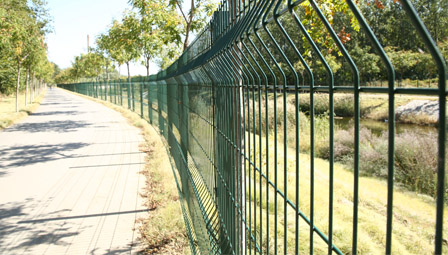mounting trailer springs
11月 . 05, 2024 16:59
Understanding Mounting Trailer Springs A Comprehensive Guide
When it comes to modern towing and transport, trailers are essential for moving goods and recreational vehicles. One crucial component that plays a significant role in the overall functionality and safety of these trailers is the trailer springs. Mounting trailer springs correctly is imperative for both performance and durability. This article explores the importance of trailer springs, how to mount them effectively, and some tips for maintenance.
Importance of Trailer Springs
Trailer springs, or suspension springs, are designed to absorb shock and maintain the vehicle's stability during transit. They play a pivotal role in ensuring that the trailer rides smoothly over various terrains. Properly functioning springs can enhance the lifespan of both the trailer and its cargo. When trailer springs are in good condition, they help maintain the trailer's ride height, distribute weight evenly, and reduce the wear and tear on tires.
Without adequate trailer springs, a trailer can experience excessive bouncing or swaying, which may lead to loss of control, especially at high speeds or on uneven roads. Thus, understanding how to mount these springs correctly is vital for ensuring safety on the road.
Types of Trailer Springs
1. Leaf Springs Commonly used in trailers, these springs consist of several layers of steel that are layered together. They are known for their durability and ability to carry heavy loads.
2. Torsion Springs These are designed with a rubber or flexible axle system and offer a smoother ride. They are often used in tandem with independent suspension systems.
3. Air Springs These adjustable springs use air pressure to provide control over the suspension height and ride comfort. They are often found in heavier-duty trailers.
Mounting Trailer Springs
Mounting trailer springs involves several steps that require attention to detail to ensure a proper fit and function.
1. Gather Tools and Materials Before starting, collect all necessary tools, such as wrenches, sockets, a jack, and safety equipment. It’s also essential to have the correct springs for your specific trailer model.
mounting trailer springs

2. Lift the Trailer Use the jack to lift the trailer and secure it with jack stands. Make sure the trailer is level before beginning work to ensure an even installation of the springs.
3. Remove Old Springs Carefully detach any old or damaged springs from the trailer. This usually involves unbolting or unhooking the springs from their mounting points.
4. Inspect Components Check all related components such as hangers, bolts, and shackles for wear or damage. Replace any components that are not in good condition to prevent future issues.
5. Install New Springs Position the new springs according to the manufacturer’s specifications. Make sure that the eye of the spring aligns with the trailer’s mounting points. Start securing the springs with bolts, ensuring they are tightened to the recommended torque specifications.
6. Final Adjustments Once the new springs are mounted, double-check all connections and ensure everything is secured properly. Lower the trailer back to the ground and inspect the spring action before taking the trailer on the road.
Maintenance Tips
1. Regular Inspections Periodically check the springs and associated hardware for signs of wear, rust, or damage. Pay attention to unusual sounds or vibrations when towing.
2. Lubrication If your trailer has moving parts like shackle bolts, ensure they are well-lubricated to prevent wear.
3. Weight Distribution Ensure that the load on your trailer is evenly distributed. Improper loading can lead to premature wear on the springs.
4. Replace When Necessary If you notice excessive sagging or failure of your trailer springs, it is crucial to replace them immediately to maintain safety while towing.
Conclusion
Mounting and maintaining trailer springs is a vital process that enhances the safety and performance of your trailer. By understanding the different types of springs and following proper mounting procedures, you can ensure a smoother and more controlled towing experience. Regular maintenance and vigilance will help prolong the lifespan of your trailer and ensure that it remains safe and reliable on the road. Remember, when it comes to trailer safety, every component matters, and trailer springs are no exception.




















